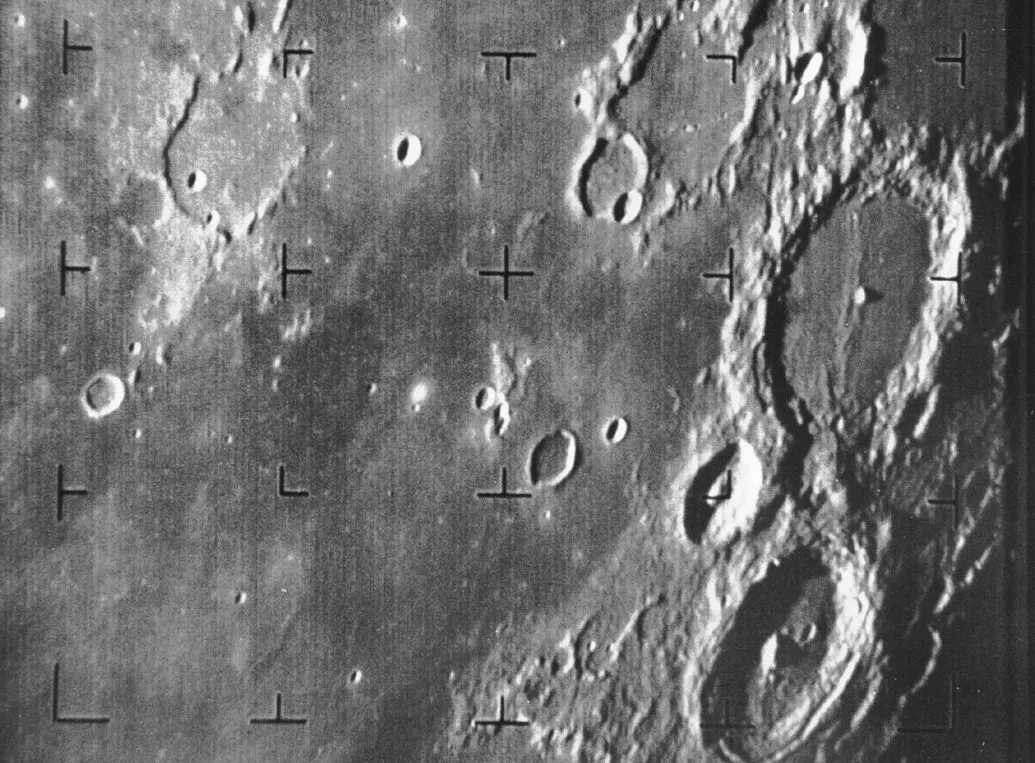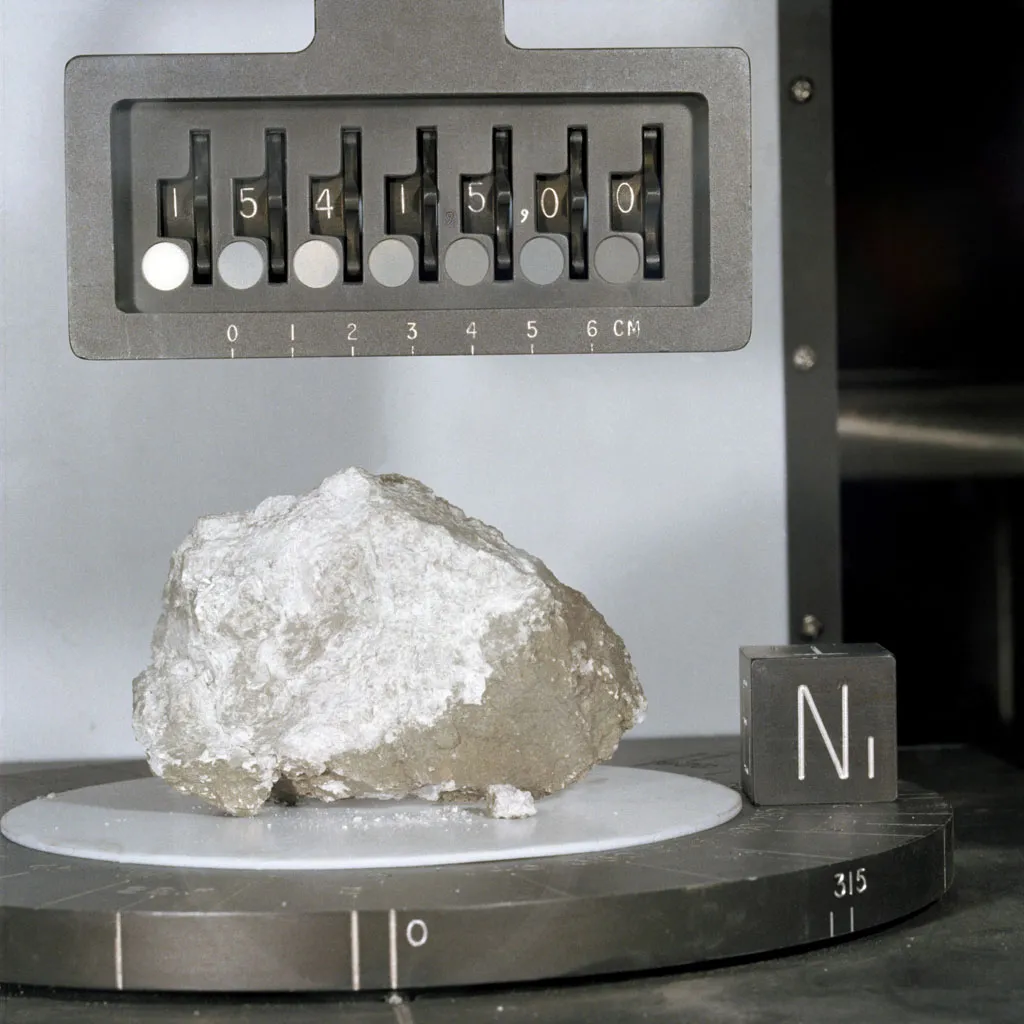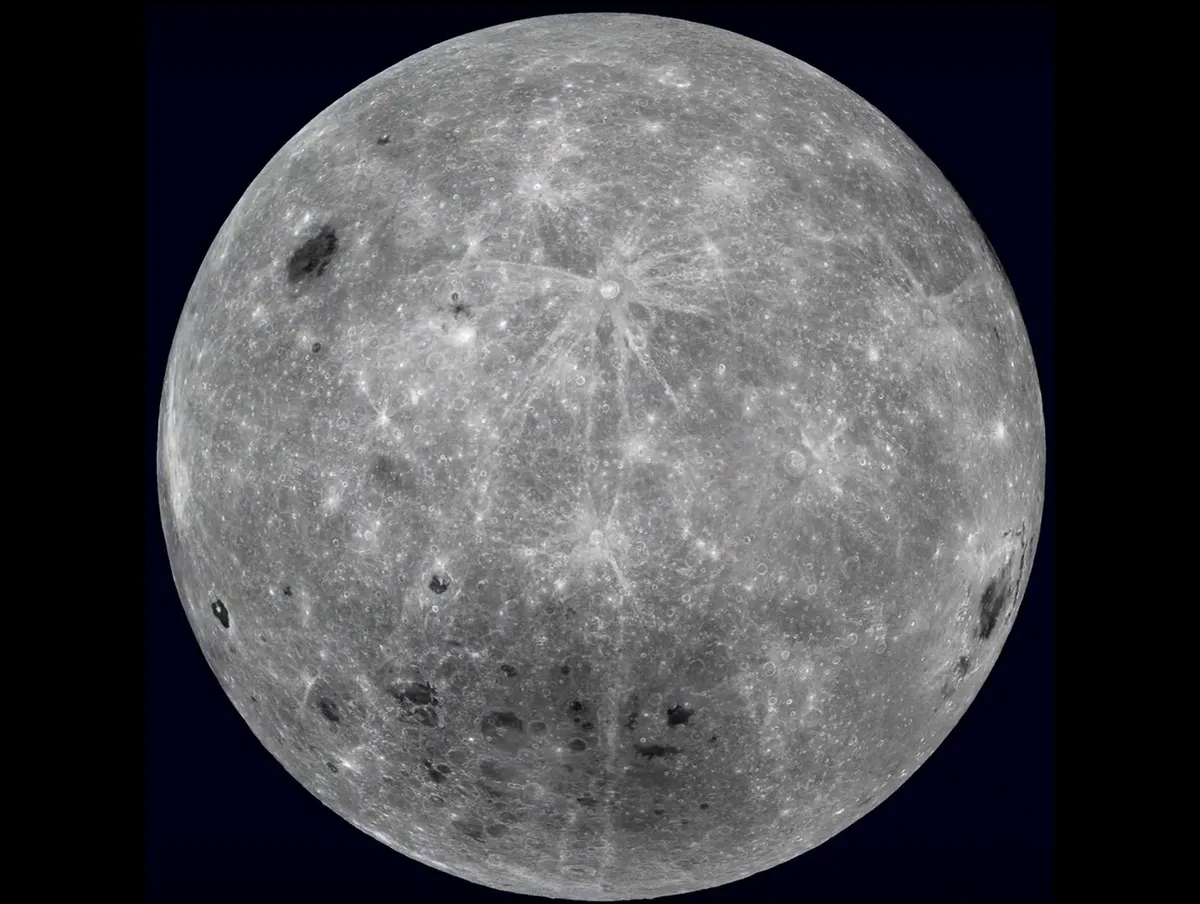Only one side of the Moon actually faces the Earth, and it’s staggering to think that just 40 years ago we had no idea what the far side looked like.It took the advent of modern optics to reveal detail on the near side.
When Galileo first turned a telescope towards the Moon in 1609, he discovered a surface pitted with large circular holes (craters).
Most lunar studies have revolved around understanding what these strange holes are, how they formed, and what they mean for the Moon’s evolution.
The craters and their depths have played a large role in calculating the age of the satellite.
During the Space Race of the 1960s, scientists made a concerted effort to gain a greater understanding of the Moon in preparation for landing people on its surface, including catching humanity's first glimpses of the far side of the Moon.
A series of robot probes variously crashed into, orbited and landed on its dusty surface as part of the preliminary stages of the Apollo project, testing procedures in readiness for the astronauts who would follow.

From these missions, we found that the Moon has a dusty, rock-strewn surface.
The craters range in size – from large basins that span thousands of kilometres to tiny microscopic features less than a millionth of a metre across.
Of all the geological processes discovered, only the collision of solid objects (impacts) can produce such a range.
Pre-1969, scientists also found that the dark, smooth plains of lava (lunar maria) cover large tracts of the near side, but are curiously less extensive on the far side of the Moon.
Chemical testing of the surface by soft landers revealed the iron- and magnesium-rich composition of basalt, the most common type of volcanic lava on the Earth.
The manned missions
Six Apollo missions landed on a small area on the near side of the Moon between 1969 and 1972 (the most famous of which was obviously Neil Armstrong’s Apollo 11) returning with over 382kg of rocks and soil.
In addition, the crews took thousands of photographs, collected remote sensing data, deployed long-lived instruments and conducted numerous visual observations of the surface.
From these extensive data sets, we have developed a fairly detailed picture of the evolution of the Moon and the processes that have shaped its surface.
The early visitors discovered that the Moon is rather ordinary in its composition and is made up of rock types that are similar to those found on Earth.Two major differences are notable, however.
First, lunar rocks are almost completely devoid of any water or hydrated minerals and are enriched in refractory (high melting temperature) elements.
Second, the Moon’s rocks are extremely old; typical samples from the dark maria (the youngest lunar units) crystallised between 3.8 and 3.3 billion (that’s 3,300 million) years ago.
Scientists have discovered that the highland samples are even more ancient, being somewhere in the region of 4.5 and 3.9 billion years old, which makes some of them nearly as old as the Solar System itself.

The highlands are rich in the elements calcium and aluminum, while the maria are home to a profusion of iron and magnesium.
This contrasting make-up is believed to be the result of the ‘magma ocean’, a global system of melted rock that dominated the Moon’s surface early in its history.
So how did the lunar magma ocean originally come about? To answer this question, we first need to look at the actions that led to the Moon itself being born.
It was, in fact, formed from a rapid assembly of small bodies that were pulled together by gravity.
This process concentrated so much energy in a small volume that the Moon melted to depths that would have been at least several hundred kilometres.
In this magma ocean, low-density minerals that were rich in aluminum floated to the top, forming a crust abounding in a rock type called anorthosite.
Meanwhile, high-density minerals that were rich in iron sank to the bottom and this action created the mantle of the Moon.
Much later, these high-iron rocks at depth were partly re-melted to form magma, which then erupted onto the surface of the Moon as mare basalt.
The Moon continued to sweep up debris from the growth of the planets, creating a smashed-up, heavily-cratered surface.
This bombardment appears to have peaked in intensity around 3.9 billion years ago in an episode called ‘the cataclysm’.
This barrage of inconceivable violence shaped the largest, youngest basins which, in turn, collected thick piles of volcanic basalt that formed the dark, smooth maria.

The Moon today
Flooding of the lunar surface by lava began around 3.9 billion years ago and was largely complete at three billion years.
Debris has crashed into the Moon only occasionally since this point, although when this has occurred it has resulted in large, spectacular rayed craters such as Copernicus and Tycho being carved into the surface.
At the same time, a slow, steady ‘rain’ of micrometeorites has sandblasted the lunar surface into a fine powder, creating a thick layer of debris that is called the regolith (soil).
Apollo journeyed to the Moon to prove that it could be done and to begin detailed studies.
By eventually returning, we will continue that study and learn how to use materials and energy resources in order to create new spacefaring capabilities.
We can extract oxygen from the local rocks and soils, both to breathe and to use in rocket propellant. We can also collect solar wind hydrogen and combine it with oxygen.
Not only will this enable us to create water that can support human life and at the same time generate electricity, it will, in its liquid form, provide the most powerful chemical rocket propellant known to man.
Yet the possibilities don’t end there: mining the Moon for these resources will create the first off-planet fueling station.
What’s more, ice may well exist in the satellite’s dark polar regions.
This ice’s proximity to areas of permanent sunlight may make long-term habitation of the Moon less a dream, more a possibility.
Returning to the Moon will open a new chapter of space exploration and would be the springboard for a whole new series of journeys.
Here we will learn how to live and work productively on a world away from the Earth.
The Moon is close, and the logical first step into the wider Universe beyond.
How did the Moon form?
Our current best guess is that the Moon was created when a planet roughly the size of Mars collided with the proto-Earth 4.6 billion years ago. Although exact details of this event remain shrouded in mystery, we have developed a rudimentary understanding of the likely steps involved.

Worlds collide
Left: Two planets once existed where the Earth-Moon system is now. The Mars-sized object hits the proto-Earth, part vaporising both mantles and squirting superheated silicate vapour into orbit around the now combined planets.
Merging together
Centre: The orbiting vapour cools into small particles. Because of the energy created, the particles are rich in refractory elements and depleted in volatile elements. The debris disc is unstable and the particles coalesce into one body.
A new Moon
Right: The fast assembly of the Moon releases large amounts of heat. The outer half melts, creating a ‘magma ocean’ from which the lunar core, mantle and crust segregate. This begins the Moon’s history as a planetary object.
This article originally appeared in the September 2006 issue of BBC Sky at Night Magzine. Dr Spudis was a lunar scientist at the Johns Hopkins University. He passed away in 2018.
